The origins and history of printing date back to 3500 BCE which used a cylinder seal to press an image into the clay. The earliest method of paper printing was woodblock printing which dates to around 22AD. The process of woodblock printing originates in China. The rise in popularity was influenced by Mahayana Buddhism, which was using the new print technology to create apotropaic documents. Aprotrpiac is a word that means to avert evil or bad luck. The woodblock process uses blocks of carved wood with raised characters that transfer the ink onto the parchment paper. The woodblock ink would be made from oil lamp soot and mixed with linseed oil to create black ink. Woodblock printing changed the structure of books. Old Scrolls were gradually phased out in favour of concertina binding, which is a primitive version of the book format we see today.
Iron Frame Press
Charles Stanhope builds the first Iron frame press which replaces the wooden block print press. The Stanhope press is quicker more reliable and can print on larger sheets of paper.
Lithographic Press
Invented by Alois Senefelder, a German Author and Actor, the Lithographic press uses images that are drawn in wax onto a flat limestone plate. The stone plate would be treated with a solution of acid and gum. This process etches the surface of the plate, which are not protected by the wax. When the etched surface is dampened, the etched areas retain water. Ink is then applied to the plate, which only sticks to the surface, which isn’t damp. The ink sticks to the waxed areas and ink are applied to the paper. The method mentioned is very similar to the process used today.
Flatbed printing Press and Cylinder Printing
The flatbed press uses a flat surface or cylinder from which the paper is pressed. The first cylinder flatbed press was invented in Germany by Friedrich Koenig and Andreas Bauer in 1814 which was powered by steam. The rotary press, as it’s known today, was used to print the Times Newspaper. Today, in modern Newspaper printing, a similar method is used.
Modern Lithographic / Offset Printing
Similar to limestone, modern lithographic printing uses photosensitive plates. A photographic negative is placed in contact with an emulsion and exposed to UV light. Once developed, the emulsion creates a reverse image, or negative as it’s more commonly known. Most modern techniques use a Computer-to-Plate device, also known as a plate-setter to create the plates. The plates are attached to the print cylinder. Water applied to the rollers dampens them but doesn’t stick to the emulsion. Hydrophobic ink which is repelled by water adheres to the emulsion, so the ink sticks to these areas. The paper runs through the printer and the ink presses to the paper surface.
Modern digital printing techniques
Laser printing
Laser printing uses a similar method to Lithographic printing. Laser printing enables short runs of paper. Modern desktop lasers can print as little as one sheet without the need of plate setting. The method uses a unique print drum. The drum, charged by electricity creates a static charge. The static field attracts the Ink toner. The toner ink is a fine powder which is attracted to static electricity. The paper then makes contact with the drum and through heat and pressure the toner is transferred and dried onto the paper.
Inkjet printing
Using computer software an inkjet printer sprays a fine mist of ink onto the surface of paper, banner or vinyl. Inkjets are widely used as desktop printers for small offices or home printers. You will find inkjet printers in many industries. The print, sign and graphics industries use a wide variety of inkjet-based machines to produce PVC banners and full-colour Mesh Banners. Even though inkjets may use various inks for different sectors, the same print method remains. A moving print head travels across the substrate firing small dots of ink at designated points on the media. The dots would lay on top of each other in a process known as passes. A ‘Pass’ is a motion of the print head travelling from left to right. ‘Passes’ are laid on to of one another to create a full-colour image. Once the print head has motioned from left to right, the media will be advanced a pass at a time through the printer and the print-head will create another pass.
Dye-sublimation Printing
Dye sublimation is another large-format print method. Dye sublimation uses a heat transfer process to print onto a material such as plastic, card and enamel. The ink is a dye which is printed onto transfer paper using a piezoelectric print head. Sublimation refers to a solid which when heat and pressure are applied turns to a gas without going through the liquid phase. The result of a Dye Sublimation print is near-permanent, durable. The dye infuses into the material on a molecular level, becoming part of the material content. Dye sublimation is ideal in large format printing. The full-colour Dye sublimation print method is ideally suited for printing large Stage Backdrops. Full-colour Band backdrops are a perfect application for a full-colour printing polyester fabric. Dye-sublimation printing is the ideal solution for Printed custom Deckchairs and Printed Theatre backdrops.
UV Printing
How does UV printing get its name? Please don’t confuse UV printing with Ultra Violet reactive prints or glow in the dark print processes. It is none of these. However, It does use UV light during the print process. High intensity, UV light is used to ‘bake’ the specially designed UV sensitive ink. UV printing is ideal for Banner Printing and Mesh Banners. UV printing is widely used to print flat panels. Other uses of UV printing are Full Colour Correx Printing and Estate Agent Board Printing.


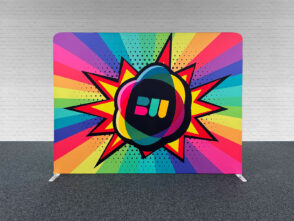
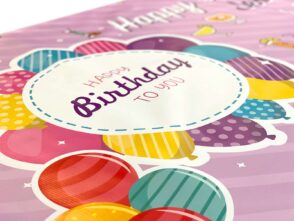

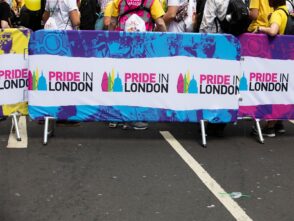

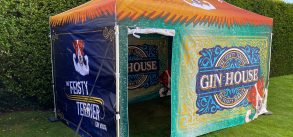

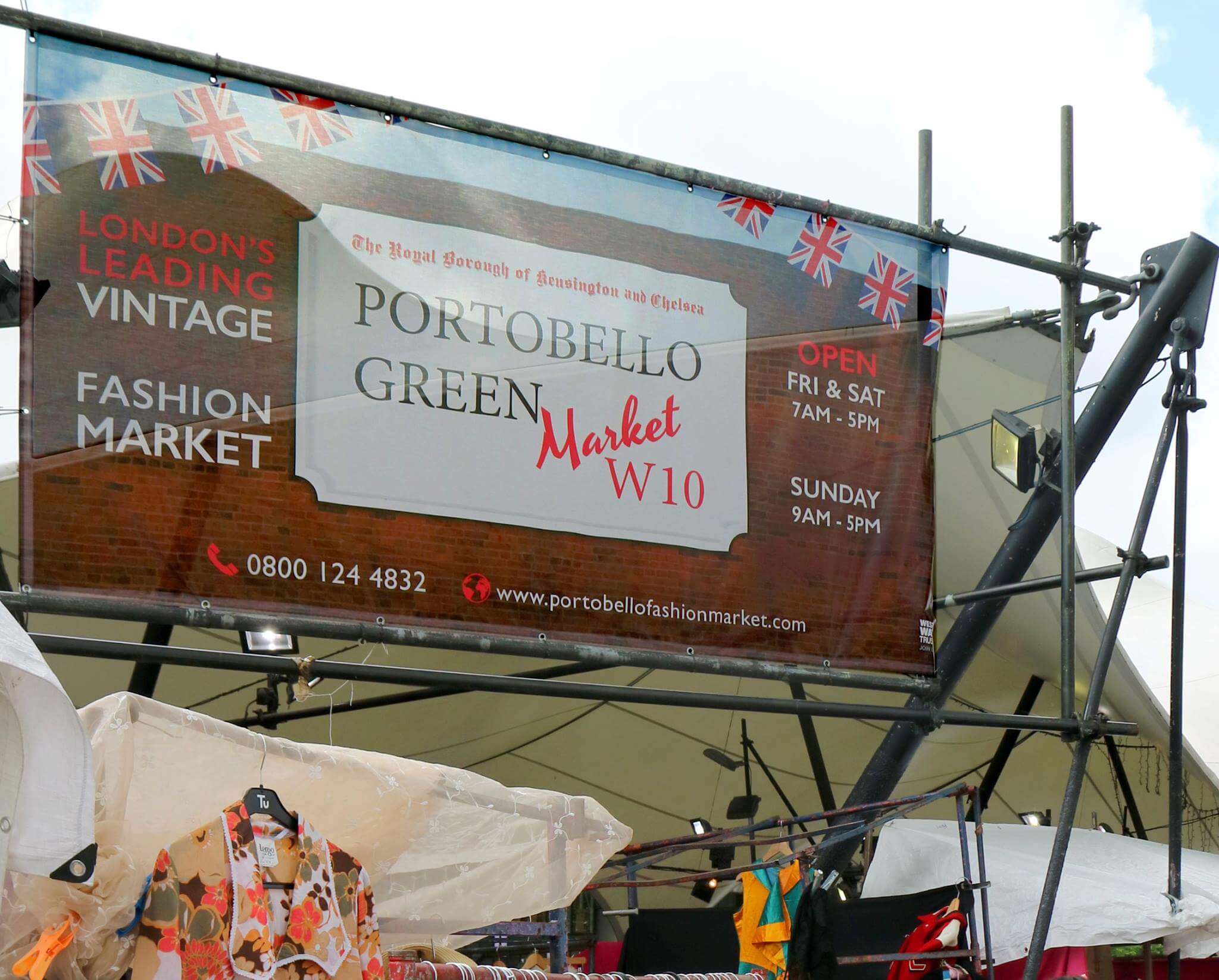

Leave a Reply
You must be logged in to post a comment.